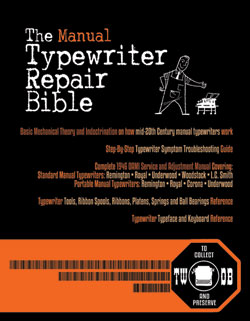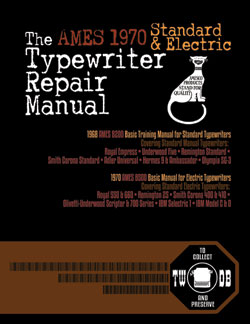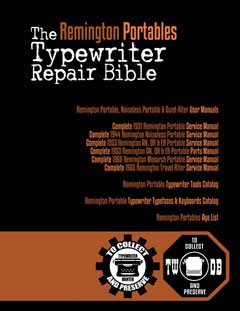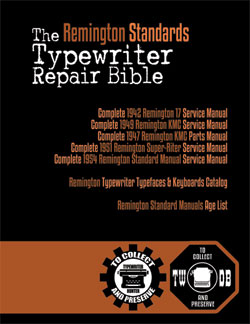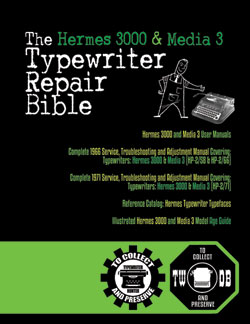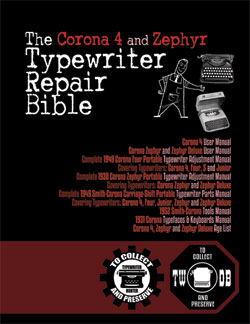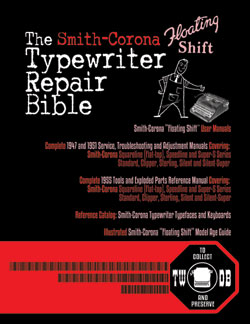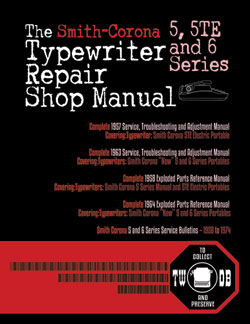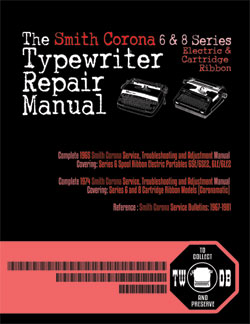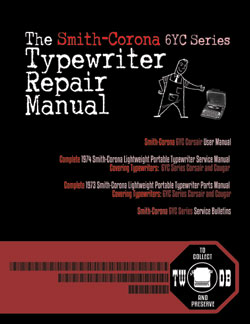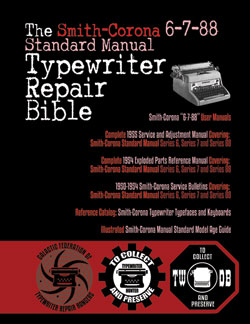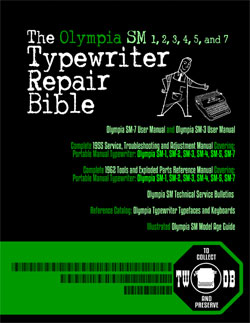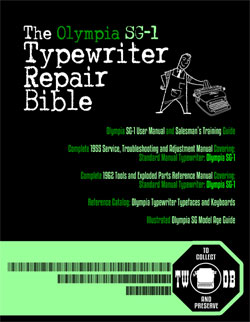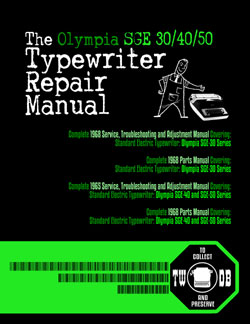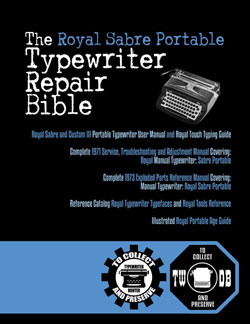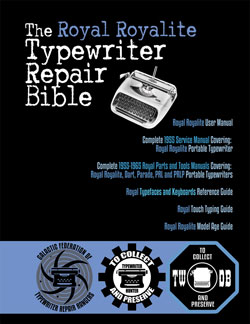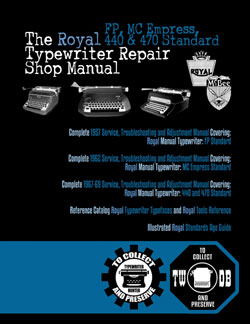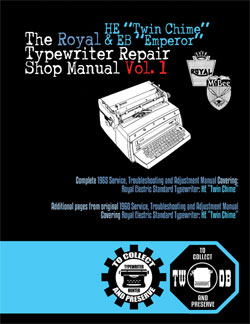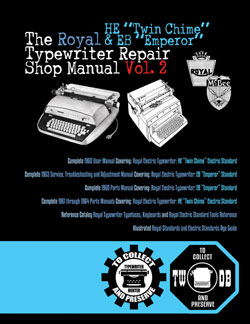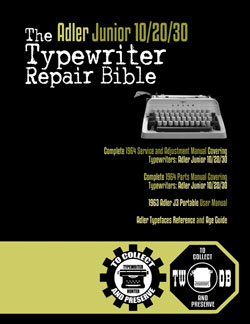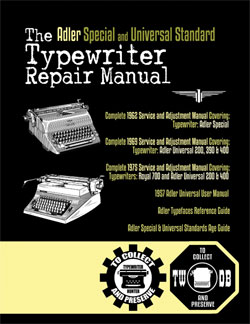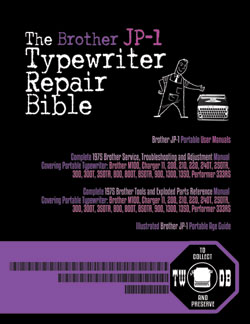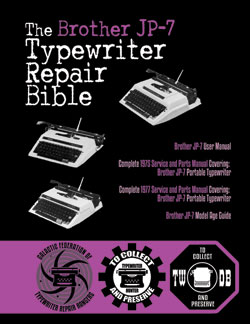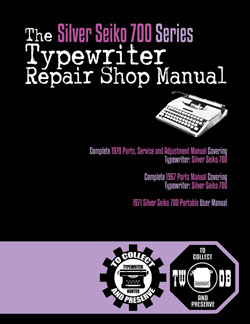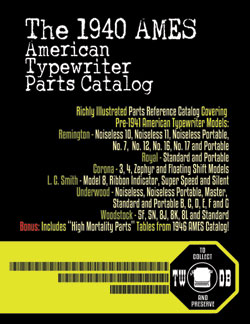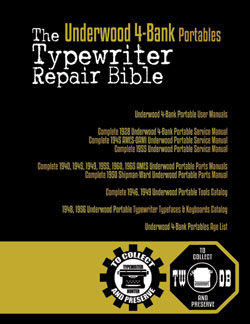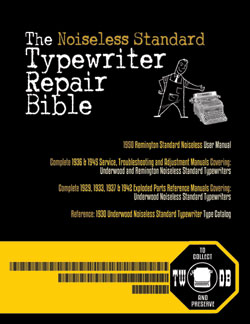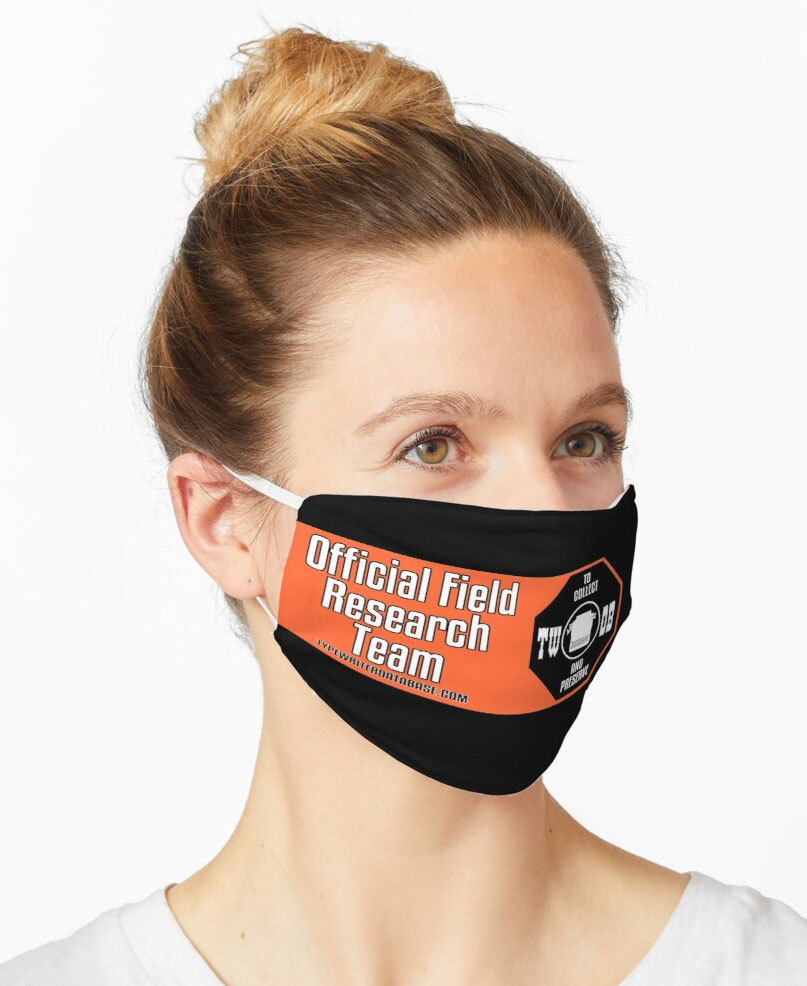1954 Olivetti Lexikon 80 #2405949
Status: My Collection
Hunter: Francesco Menara (francescomenara)
Created: 12-07-2022 at 11:07AM
Last Edit: 12-09-2022 at 08:18AM
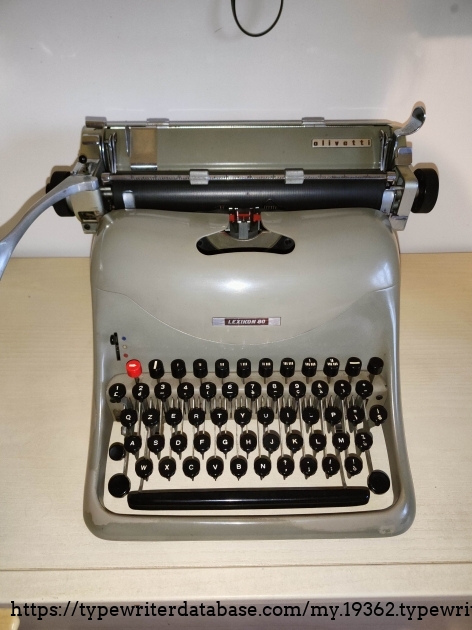
Description:
ITALIAN DESCRIPTION BELOW – DESCRIZIONE IN ITALIANO IN BASSO
Firstly known as M80 and only later named Lexikon 80, it’s been the first completely new Olivetti typewriter after WWII and was meant to replace the M44, which was in fact a fourth series M40. It’s also the first of a long series of typewriters designed by the architect Marcello Nizzoli, defining a new standard for all the years 50s and 60s. Compared to M40-M44 it features a casted aluminum alloy frame instead of steel, which reduces its weight at about 18 kg. Until about 1955-1956 Olivetti typewriters were available only in this gloss beige painting, except for the Lettera 22 base model which was painted matt beige. The first series had glass and paper keys together with the new body, which is not the best stylistic idea; in fact, the second series in the pictures features new bakelite black keys, the same of the mk. I Lettera 22 and Studio 44. This one has been a lucky find in a charity association thrift store: its conditions are excellent, I’ve wrote dozens of pages on it and it’s by far the typewriter I prefer to write on. What’s really curious about it, it was equipped with a fresh ribbon and two new ones, still packed with their price in Euros, in the hidden below the ribbon cover, which means it has been regularly used and well mantained in the last years. The only problem was that the mechanism which eliminates the zipping sound while returning the carriage was very dirty, so the carriage return was quite noisy; in this occasion I happily discovered that this fantastic standard professional typewriter has a system which permits to remove the carriage only taking off two screws. The carriage comes off together with the drawband and the main spring, so there’s no need to lose and tension it, which is not a foregone conclusion on other machines. Then, only a little cleaning and lubrication have been required. This was done some years ago; when I wrote the typeface specimen I noticed that the carriage has resumed making a little noise, so I’ll have to repeat the procedure. This Lexikon 80 has its original plastic cover and is equipped with decimal tabulator.
---
Inizialmente venduta come M80 e solo più avanti rinominata Lexikon 80, è stata la prima Olivetti completamente nuova dopo la Seconda guerra mondiale e venne pensata per sostituire la M44, la quale è, di fatto, una quarta serie dell’M40. È anche la prima di una lunga serie di macchine per scrivere disegnate dall’architetto Marcello Nizzoli, dando il via a uno standard estetico per gli anni ’50 e ’60. Rispetto alle M40-M44 il telaio è realizzato in fusione di lega di alluminio anziché di acciaio, permettendo di ridurne il peso a 18 kg. Fino al 1955-1956 le nuove macchine per scrivere Olivetti, salvo eccezioni, erano disponibili solamente in colore beige lucido, fatta eccezione per il modello base della Lettera 22 beige opaco. La prima serie della M80 aveva i tasti in vetro e carta abbinati alla nuova carrozzeria, che non è una scelta stilistica molto riuscita. Difatti la seconda serie nelle immagini riceverà nuovi tasti in bachelite neri, gli stessi delle prime serie di Lettera 22 e Studio 44. Questo esemplare è stato un ritrovamento fortunato nel mercatino di una compagnia di volontariato: le sue condizioni sono eccellenti, ci ho scritto dozzine di pagine ed è in assoluto la mia macchina preferita a livello di scrittura. Ciò che è più interessante al riguardo è che all’acquisto era equipaggiata già con un nastro nuovo e altri due, ancora imballati e col prezzo già in euro, erano nascosti sotto al copribobine. Questo significa che è stata usata regolarmente fino a poco tempo prima. L’unico problema era il meccanismo silenziatore del ritorno del carrello, impastato di sporco, per cui tornando a capo si avvertiva del rumore. In questa occasione ho scoperto che questa fantastica macchina standard professionale ha un sistema di sgancio rapido del carrello che permette di separarlo dal telaio togliendo due viti. Il carrello viene giù con guide, cinghia, cuscinetti e granmolla, il che significa che non c’è da sganciare e riagganciare la cinghia regolando la tensione della molla, che in altre macchine non è una procedura scontata. Questo lavoro è stato fatto qualche anno fa; quando ho battuto la prova di scrittura ho notato che il carrello ha ripreso a fare un po’ di rumore, quindi lo ripeterò. Questa Lexikon 80 ha la sua copertura in plastica ed è equipaggiata con tabulatore decimale.
Typeface Specimen:
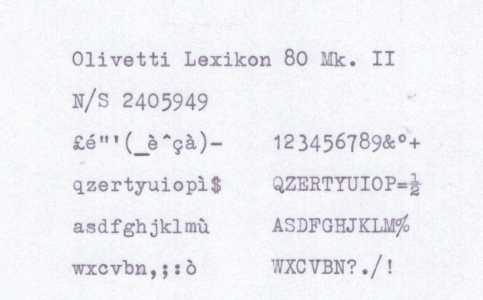
Photos:
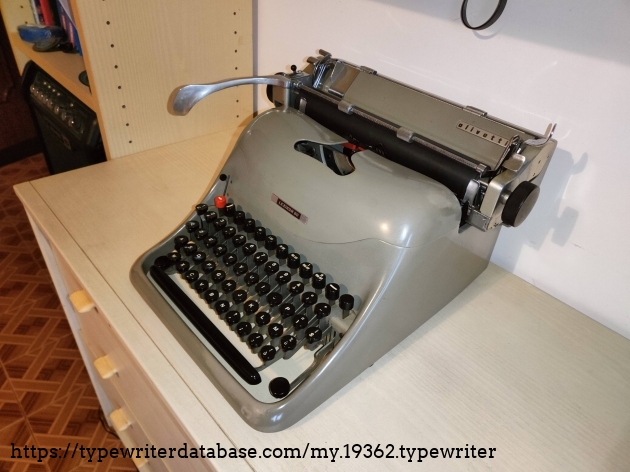
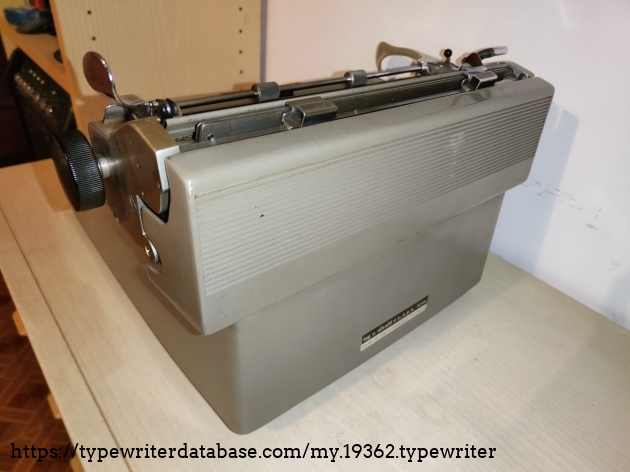
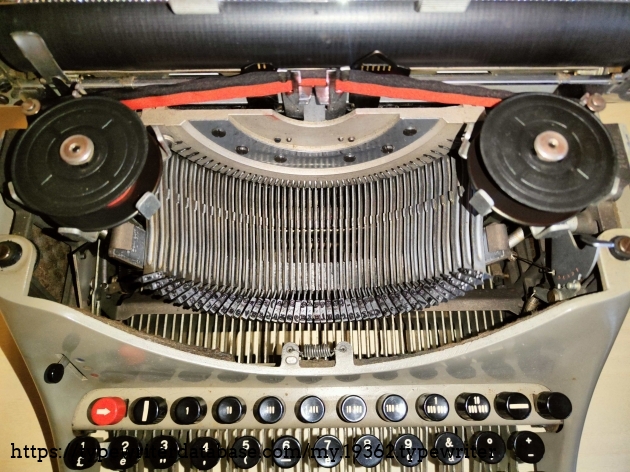
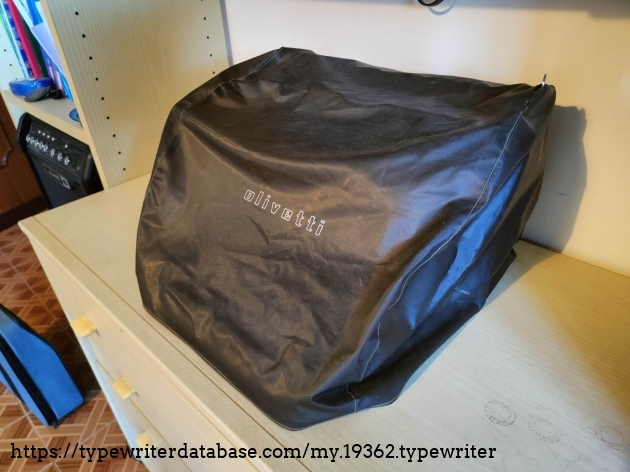
Hunter: Francesco Menara (francescomenara)
Francesco Menara's Typewriter Galleries [ My Collection ] [ My Sightings ]

Status: Typewriter Hunter
Points: 181
Bologna, 20 yo.
Mechanical engineering student.
Typewriter user since 2015.
I'm not a collector. They follow me and moltiplicate.
Sometimes they even come out from the rubbish bin. And ask for adoption.
RESEARCH NOTE: When researching the Olivetti Lexikon 80 on a computer with lots of screen real estate, you may find that launching the Olivetti Serial Number page and the Olivetti Lexikon 80 By Model/Year/Serial page in new browser windows can give you interesting perspectives on changes throughout the model series.
